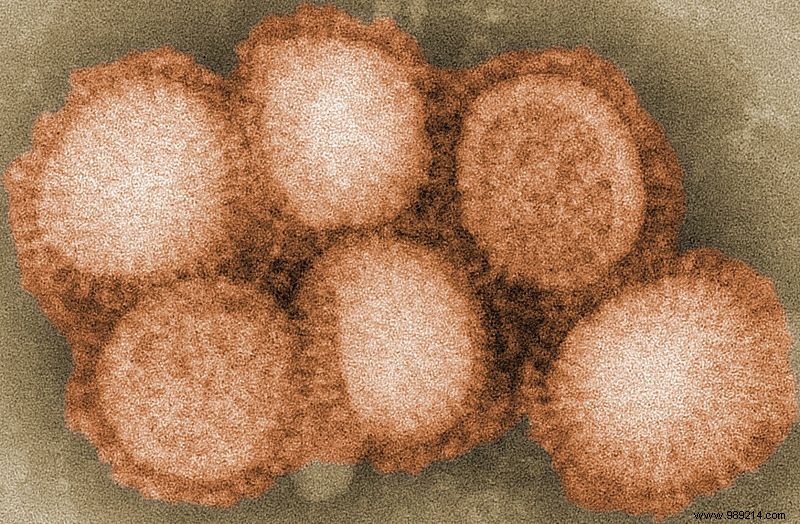A new strain of flu was recently discovered in China. However, according to the researchers, this strain carried by pigs can infect humans and become a pandemic. If this is not yet a problem, it may well be that the virus is already suitable for human transmission.
While humanity is struggling to cope with the Covid-19 pandemic, the prospect of the appearance of another equally pandemic virus is frightening. In the Chinese study published in the journal PNAS on June 29, 2020, scientists evoke the appearance of a virus carried by pigs and potentially capable of infecting humans. Worse still, the virus could mutate further and spread rapidly from one person to another. Eventually, it could be a pandemic.
Since this is a new virus, humans may have no or very little immunity . In this sense, researchers are already advocating the development of control measures and close monitoring of workers in the pig industry. The virus has a name:G4 EA H1N1 (A/H1N1pdm09) and is predominant in China since 2016 according to the leaders of the study.
The study involved 300 workers at 15 pig farms in China. However, 10.4% of blood samples harvested contained antibodies against G4 EA H1N1. It should be noted that five human cases linked to this disease have already been reported. However, two of the patients infected with the virus had neighbors who were pig farmers. Thus, this suggests that the virus can be transmitted from pigs to humans and potentially between humans.

“It is important for people to know and remember that influenza viruses continue to have the potential to cause a pandemic, even as we continue to fight against the coronavirus pandemic. […] At this time, there is no evidence of human-to-human transmission, so we don't have another human outbreak on our hands explained Melinda Rostal, veterinary epidemiologist expert in zoonoses at EcoHealth Alliance who commented on the study in an article published by Inverse June 30, 2020.
In other words, there would be no reason to panic at the moment, but it is a question of being careful. For other countries, it is a question of following what is happening in China currently. In any case, the epidemiologist recalls that pigs present themselves as real reservoirs for viruses , potentially spreading their pathogens to other pigs, birds, and humans.
Note that it is also possible for pigs to be infected with two or more virus types at the same time. These pathogens can then exchange genes – a process known as viral recombination – sometimes resulting in a new strain that can potentially emerge and infect humans. However, this is precisely the process that generated the G4 EA H1N1. Thus, in the absence of immunity or vaccine, the pandemic risk obviously cannot be excluded.